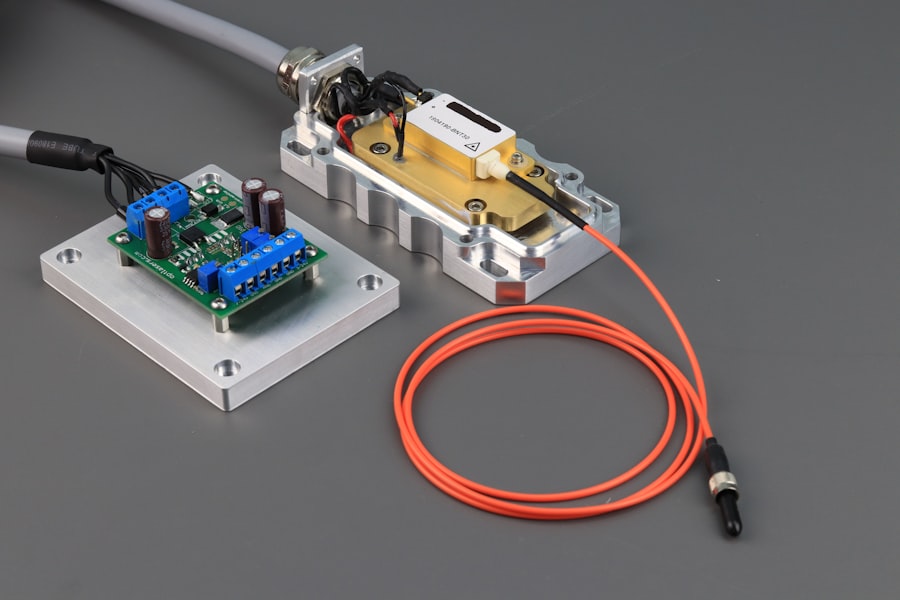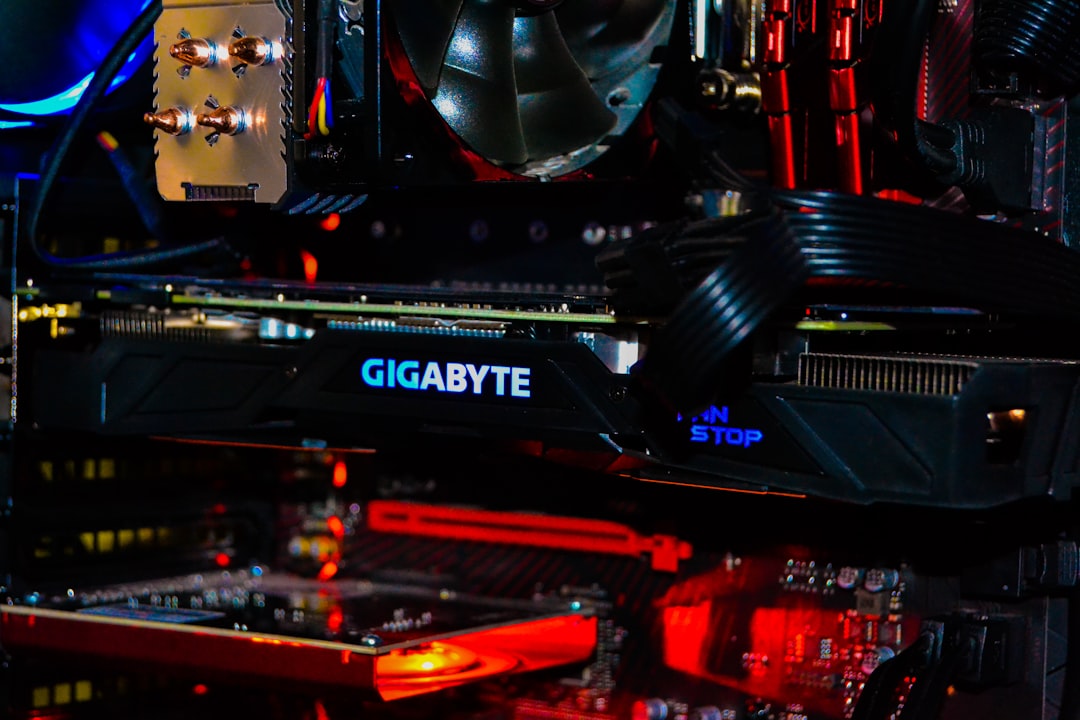Laser hair removal is a popular cosmetic procedure that uses a concentrated beam of light (laser) to remove unwanted hair. The laser emits a light that is absorbed by the pigment (melanin) in the hair. This light energy is converted to heat, which damages the hair follicles, inhibiting future hair growth. The procedure is effective in reducing hair growth in the targeted area, and it is commonly used on the face, legs, arms, underarms, bikini line, and other areas.
Laser hair removal is a non-invasive procedure that can be performed by trained professionals in a medical spa or dermatologist’s office. It is important to note that laser hair removal is not a one-time treatment; multiple sessions are usually required to achieve the desired results. The number of sessions needed varies depending on the individual’s hair color, skin type, and the area being treated. It is also important to have realistic expectations about the results of laser hair removal, as it may not completely eliminate hair growth, but it can significantly reduce it.
Key Takeaways
- Laser hair removal uses concentrated light to target and destroy hair follicles, resulting in long-term hair reduction.
- The benefits of laser hair removal include long-lasting results, precision targeting, and reduced ingrown hairs.
- Side effects of laser hair removal may include redness, swelling, and temporary discomfort, but these are usually mild and subside quickly.
- Before laser hair removal, it’s important to avoid sun exposure, waxing, and plucking to ensure the treatment is effective.
- During laser hair removal, you can expect a slight stinging sensation and some redness, but the procedure is generally well-tolerated.
Benefits of Laser Hair Removal
There are several benefits to laser hair removal that make it a popular choice for individuals looking to reduce unwanted hair. One of the main benefits is the long-term reduction in hair growth. Unlike shaving or waxing, which only provide temporary results, laser hair removal can lead to long-lasting hair reduction. This means that individuals can enjoy smoother skin for an extended period of time without the need for frequent maintenance.
Another benefit of laser hair removal is the precision it offers. The laser can target specific areas without damaging the surrounding skin, making it a safe and effective option for hair removal. Additionally, laser hair removal is a relatively quick procedure, with smaller areas such as the upper lip taking only a few minutes, and larger areas like the legs taking about an hour. This makes it a convenient option for individuals with busy schedules.
Furthermore, laser hair removal can also lead to softer and finer hair regrowth in the treated areas. Over time, the regrowth may become less noticeable and easier to manage. This can be especially beneficial for individuals who struggle with coarse or thick hair in certain areas of the body. Overall, the benefits of laser hair removal make it an attractive option for those looking for a more permanent solution to unwanted hair.
Side Effects of Laser Hair Removal
While laser hair removal is generally considered safe, there are some potential side effects that individuals should be aware of before undergoing the procedure. One common side effect is temporary discomfort during the treatment, which may feel like a snapping sensation or mild stinging. However, this discomfort is usually well-tolerated by most individuals and can be minimized with the use of topical numbing creams or cooling techniques.
Another potential side effect of laser hair removal is skin irritation, which may include redness, swelling, or temporary changes in skin pigmentation. These side effects are typically mild and subside within a few hours to a few days after the treatment. In rare cases, more serious side effects such as blistering, scarring, or changes in skin texture may occur, especially if the procedure is not performed by a qualified and experienced provider.
It is important for individuals to discuss their medical history and any potential risk factors with their provider before undergoing laser hair removal to minimize the risk of side effects. Additionally, following post-treatment care instructions and avoiding sun exposure can help reduce the likelihood of experiencing adverse reactions. Overall, while side effects are possible with laser hair removal, they are generally mild and temporary when performed by a skilled professional.
Preparing for Laser Hair Removal
| Aspect | Information |
|---|---|
| Preparation | Shave the area to be treated a day before the appointment |
| Avoid | Avoid sun exposure and tanning beds before the treatment |
| Medication | Avoid certain medications like blood thinners before the procedure |
| Cleanliness | Clean the skin thoroughly before the appointment |
Before undergoing laser hair removal, there are several steps that individuals can take to prepare for the procedure and maximize its effectiveness. One important step is to avoid sun exposure and tanning beds in the weeks leading up to the treatment. Sun exposure can increase the risk of skin irritation and pigmentation changes during and after laser hair removal. Using sunscreen with a high SPF and wearing protective clothing can help protect the skin from UV rays.
Another important aspect of preparation for laser hair removal is to avoid plucking, waxing, or electrolysis in the targeted area for at least six weeks before the treatment. These hair removal methods can disturb the hair follicles, making laser hair removal less effective. Shaving is typically allowed and even recommended before the procedure to ensure that the hair shaft is visible for the laser to target.
It is also important to follow any specific pre-treatment instructions provided by the provider, such as avoiding certain skincare products or medications that may increase sensitivity to light. Additionally, individuals should inform their provider about any recent illnesses or changes in medication before undergoing laser hair removal. By following these preparation steps, individuals can help ensure that their laser hair removal treatment is safe and effective.
What to Expect During Laser Hair Removal
During a laser hair removal session, individuals can expect a series of steps that are designed to safely and effectively target unwanted hair. The first step typically involves cleansing the targeted area to remove any oils, lotions, or skincare products that may interfere with the laser’s ability to penetrate the skin. Next, a cooling gel or numbing cream may be applied to the skin to minimize discomfort during the procedure.
The provider will then use a handheld device to deliver quick pulses of laser light to the targeted area. The sensation may feel like a rubber band snapping against the skin or a mild stinging sensation. The duration of the treatment will depend on the size of the area being treated, with smaller areas taking only a few minutes and larger areas taking up to an hour. After the treatment, any residual gel or cream will be removed from the skin, and a soothing lotion or cold compress may be applied to minimize any temporary redness or swelling.
It is important for individuals to follow any post-treatment instructions provided by their provider, such as avoiding sun exposure and using gentle skincare products on the treated area. Additionally, it is normal to experience some shedding of treated hairs in the days following the treatment as the damaged follicles expel the remaining hairs. Overall, knowing what to expect during laser hair removal can help individuals feel more comfortable and confident during their treatment sessions.
Aftercare and Maintenance

After undergoing laser hair removal, there are several aftercare steps that individuals can take to promote healing and maintain the results of their treatment. One important aspect of aftercare is to avoid sun exposure and tanning beds for at least a week after the treatment. Sun exposure can increase the risk of skin irritation and pigmentation changes in the treated area. Using sunscreen with a high SPF and wearing protective clothing can help protect the skin as it heals.
It is also important to avoid hot baths, saunas, or activities that may cause excessive sweating for a few days after laser hair removal. These activities can increase the risk of skin irritation and discomfort as the skin heals. Additionally, individuals should avoid picking or scratching at the treated area to minimize the risk of infection or scarring.
As for maintenance, individuals may need multiple sessions of laser hair removal to achieve optimal results. These sessions are typically spaced several weeks apart to target hairs in different stages of growth. Following the recommended treatment schedule can help ensure that individuals achieve long-lasting reduction in hair growth in the targeted area.
Choosing the Right Provider for Laser Hair Removal
When considering laser hair removal, it is important to choose a qualified and experienced provider who can safely and effectively perform the procedure. One important factor to consider when choosing a provider is their level of training and certification in laser hair removal. Providers should have specific training in using laser devices for hair removal and should be able to provide evidence of their qualifications.
Additionally, it is important to research the reputation of potential providers by reading reviews from previous clients and asking for before-and-after photos of their work. This can help individuals gauge the provider’s level of skill and expertise in performing laser hair removal treatments.
Furthermore, individuals should schedule consultations with potential providers to discuss their goals for laser hair removal and ask any questions they may have about the procedure. During these consultations, individuals can also assess the cleanliness and professionalism of the provider’s facility to ensure a safe and comfortable treatment environment.
Overall, choosing the right provider for laser hair removal is essential for achieving safe and effective results. By taking the time to research potential providers and ask questions about their qualifications and experience, individuals can feel confident in their decision to undergo laser hair removal with a trusted professional.
Looking to learn more about laser hair removal? Check out this informative article on the benefits, side effects, and what to expect from the procedure. Whether you’re considering getting certified in laser hair removal in Orange County, CA, looking for tips on curing folliculitis, or searching for the top 10 best laser hair removal clinics in Berlin, Germany, this article has got you covered. Click here to read more.
FAQs
What is laser hair removal?
Laser hair removal is a cosmetic procedure that uses a concentrated beam of light (laser) to remove unwanted hair. The laser targets the pigment in the hair follicles, damaging them and inhibiting future hair growth.
What are the benefits of laser hair removal?
Some of the benefits of laser hair removal include long-lasting results, reduced hair growth, and the ability to target specific areas. It is also a relatively quick and non-invasive procedure with minimal discomfort.
What are the potential side effects of laser hair removal?
Common side effects of laser hair removal may include temporary redness, swelling, and discomfort in the treated area. In rare cases, there may be changes in skin pigmentation or scarring. It is important to discuss potential side effects with a qualified practitioner before undergoing the procedure.
What can I expect during a laser hair removal session?
During a laser hair removal session, the area to be treated will be cleaned and a cooling gel may be applied. The practitioner will then use a handheld device to deliver the laser pulses to the targeted area. The duration of the session will depend on the size of the area being treated.
How many sessions are typically needed for laser hair removal?
The number of sessions needed for laser hair removal varies depending on factors such as the individual’s hair type, skin color, and the area being treated. On average, multiple sessions spaced several weeks apart are required to achieve optimal results.






